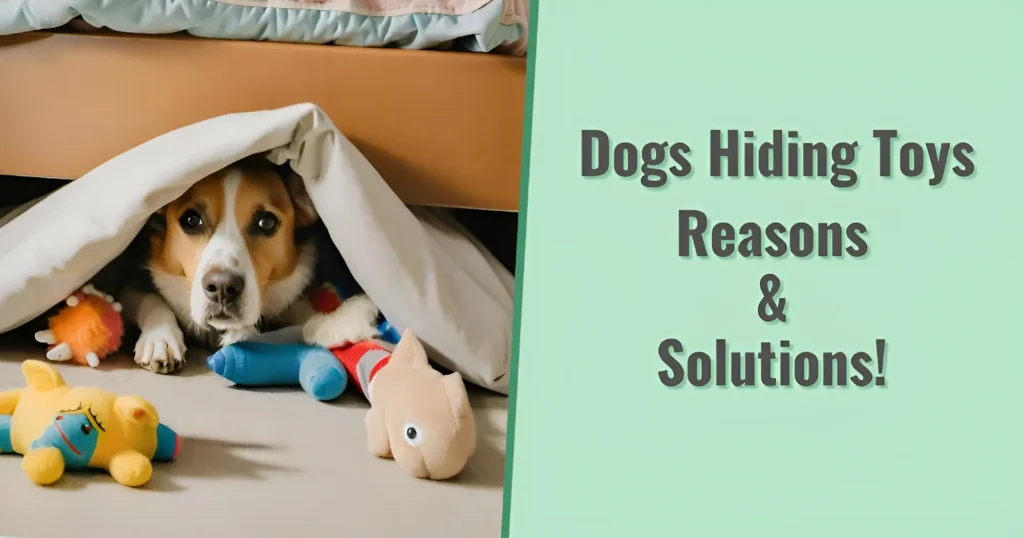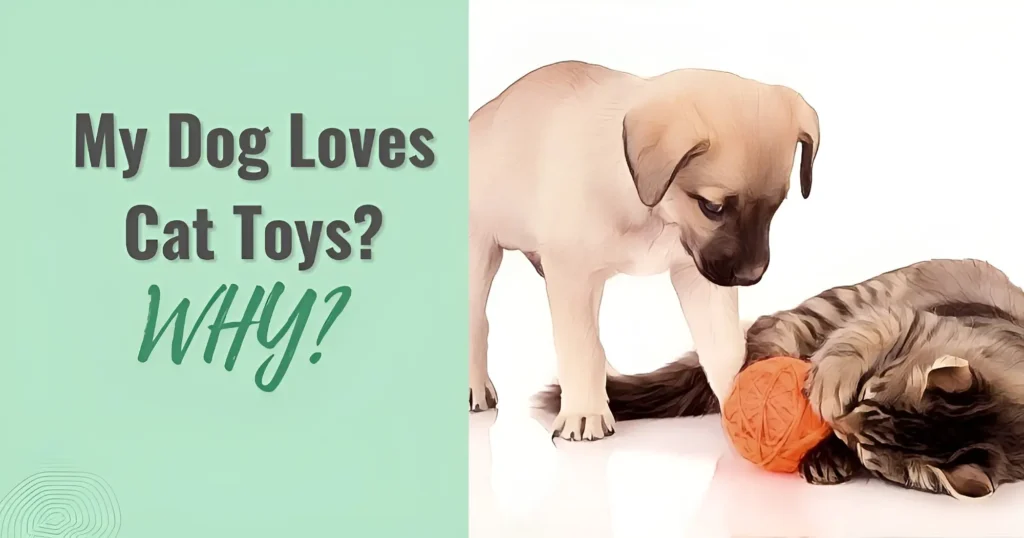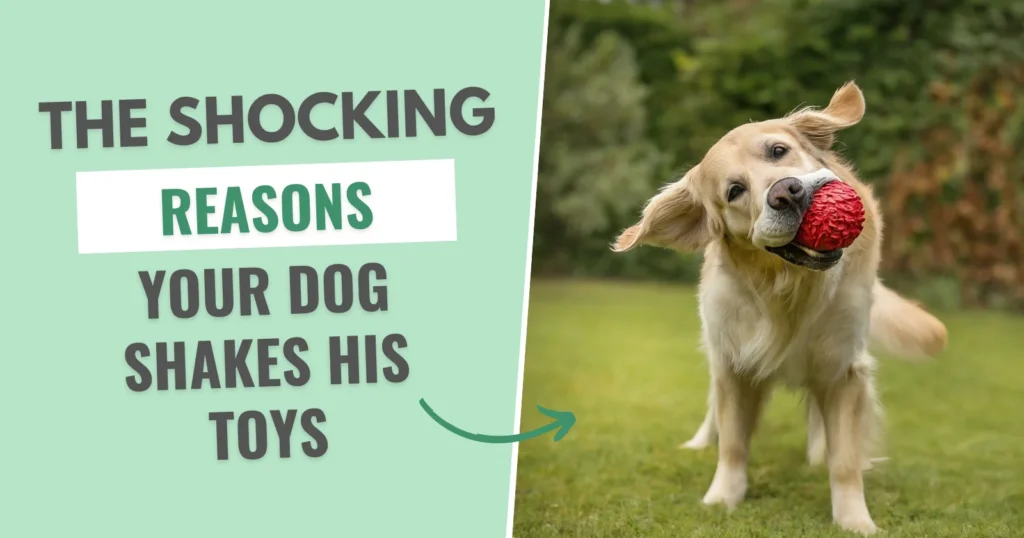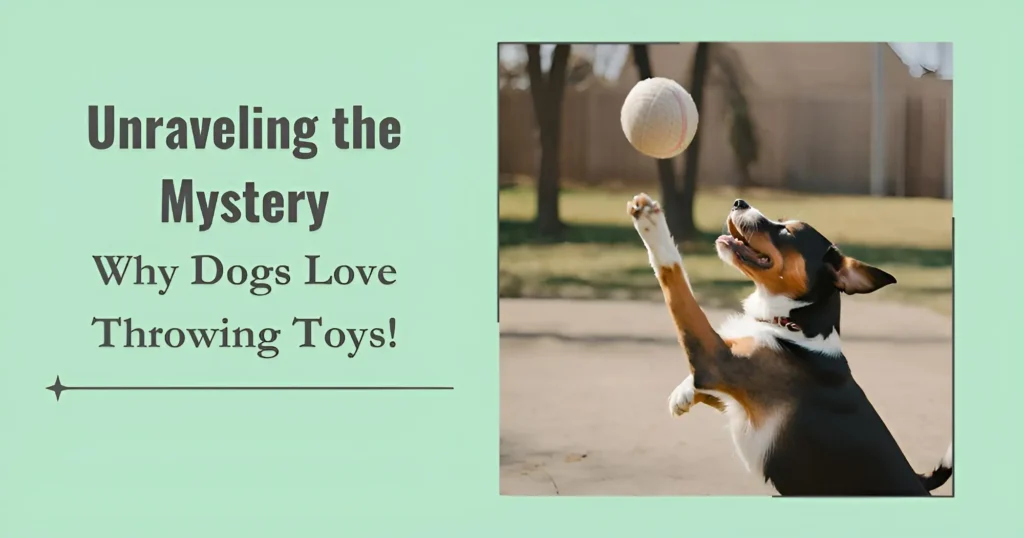Dogs have a unique way of expressing themselves, and barking at toys is a behavior that has puzzled many pet parents. It’s a common question I get asked: “Why does my dog bark at his toys and how do I make it stop?” Understanding the reasons behind this behavior can deepen your relationship with your furry friend and even enhance their playtime. Let’s dive into the world of canine communication and explore the reasons behind this behavior.


The Communication of Play
1. Excitement and Happiness
Dogs often express their excitement and happiness through vocalizations, meaning that they will bark and be loud, you heard me right. When your dog barks at his toys, it could simply be a manifestation of his joy, every time I bring out his favourite toy I can hear loud barks and waging tail with eyes full of joy. It’s their way of saying, “I’m having a great time!”. Specifically if its a squeaky toy that he adores. Whenever it’s playtime, his barks seem to fill the room with joy, reminding me that sometimes, happiness is just a squeak away.
2. Attention-Seeking Behavior
Dogs are social creatures that crave interaction with their human companions. Barking at toys can be a tactic to grab your attention. They might be inviting you to join in on the fun or asking for help if a toy is stuck or out of reach. Remember, engaging with your dog during these moments can strengthen your bond.
Instinctual Behaviors
1. Prey Drive
The ancestral wolf in your dog hasn’t entirely disappeared. Toys, especially those that move unpredictably or make noise, can trigger your dog’s prey drive. The bark, in this context, is a part of their natural hunting sequence: stalking, chasing, barking, and capturing. Observing my dog chase after a rolling ball with passionate barks reminds me of this deep-rooted instinct, specially if it’s a ball that squeaks..
2. Territoriality
Some dogs may perceive their toys as valuable resources, so they act similar to how they would treat food or territory. Barking at their toys can be a way of claiming ownership or warding off perceived threats, including other pets or even shadows. It’s fascinating to see how a simple toy becomes a treasure worth protecting in the eyes of our dogs. So if your dog seems to possessive of his goods, let him be, our friend means well.
Understanding and Responding to the Behavior
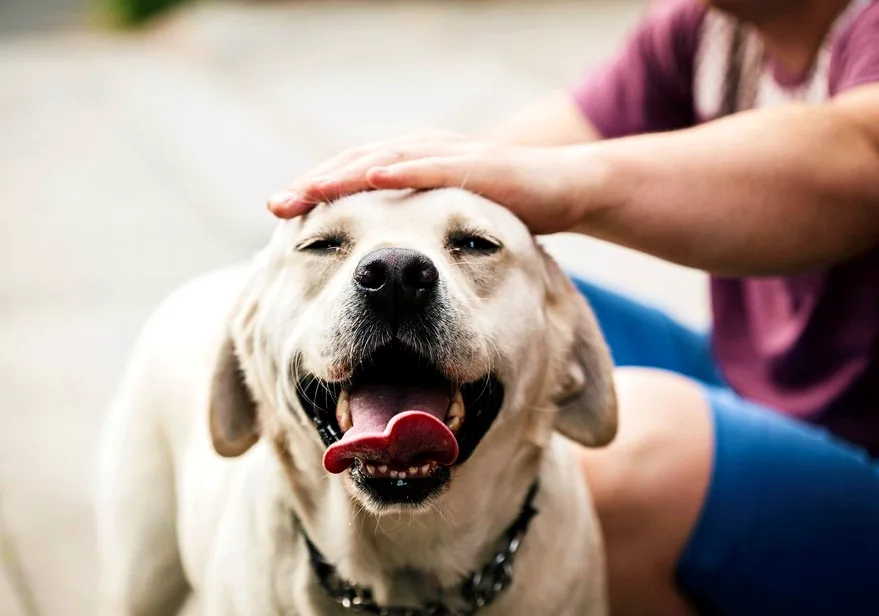

1. Positive Reinforcement
Encouraging positive play behavior is crucial. If your dog barks appropriately during playtime, reward them with praise or treats. This reinforcement helps them understand the acceptable ways to express their excitement and happiness. If my dog is louder than usual I try to see if there are any underlying problems that may have gone unnoticed.
2. Redirect Unwanted Barking
If the barking becomes excessive or disruptive, gently redirect your dog’s attention to a quieter activity or implement a brief timeout from play. It’s essential to do this calmly to avoid inadvertently rewarding the behavior. Remember, punishment is not going to help you tame your pooch.
3. Provide Mental Stimulation
Sometimes, barking at toys is a sign of boredom. Ensuring your dog has enough mental and physical stimulation throughout the day can reduce unwanted barking. Interactive toys, training sessions, and regular exercise can help fulfill their needs.
Make sure to take note of what kind of toys your dog likes to spark their interest in toys.
As a dog owner and observer of our canine friend’s behavior, I’ve learned that every bark has a story.
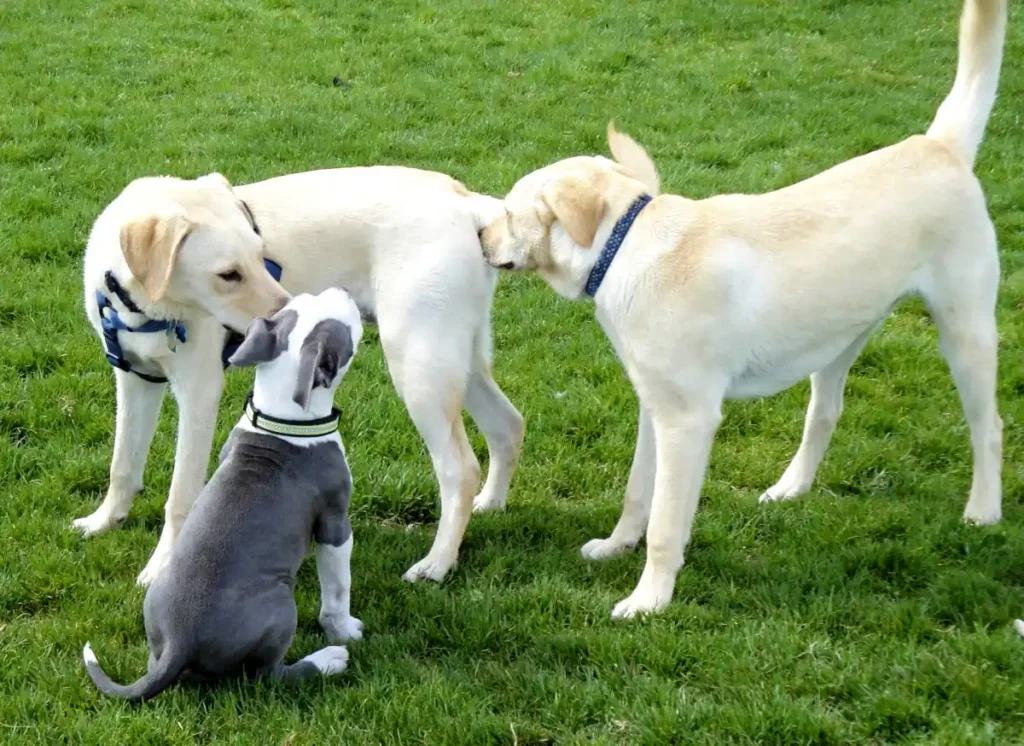

Understanding why your dog barks at his toys not only mitigates unwelcome noise but also opens up a dialogue between you and your furry friend. It’s a reminder that our dogs have complex emotional and instinctual lives, and it’s our privilege to be a part of them. So, the next time your dog starts a lively conversation with his toys, take a moment to appreciate the rich tapestry of canine communication.
Controlling This Behavior
Controlling and managing your dog’s behavior, especially when they bark at their toys, requires patience, consistency, and understanding. Here are some tailored strategies to address the behaviors outlined in the article:
Teach the “Quiet” Command
Start by allowing your dog to bark two or three times, then say “Quiet” in a calm, firm voice. Wait until they stop barking, even if it’s just to take a breath, then reward them with a treat and affection.
Repeat this process, gradually increasing the time your dog must be quiet before receiving a treat.
Limit High-Energy Play Before Calm Times
If you know a period of the day requires calmness, such as early morning or late evening, limit excitable play and barking to earlier times. This helps set a routine where your dog learns when it’s okay to be noisy and when it’s time to be quiet.
Managing Attention-Seeking Barking
Ignore the Behavior
When you’re confident your dog is barking to get attention, try ignoring them. Don’t look at them, talk, or touch them until they stop barking. Once they’re quiet, please wait a few moments, then give them attention to reinforce the silence.
Schedule Regular Playtime
Having scheduled playtime can reduce attention-seeking behaviors because your dog will only learn when to expect interaction and play at certain times. This predictability helps them feel secure and less likely to bark for attention outside these times.
Reducing Prey Drive-Related Barking
Use Toys That Don’t Encourage Chasing
If your dog’s barking is triggered by toys that mimic prey (e.g., toys that squeak or move unpredictably), consider using less stimulating toys for some playtime. Puzzle toys or chew toys can be excellent alternatives.
Engage in Controlled Play
Use play as an opportunity to teach impulse control. Practice commands like “leave it” or “drop it” during play. Start with less exciting toys and gradually work to more stimulating ones as your dog learns to control their instincts.
Addressing Territorial Barking Over Toys
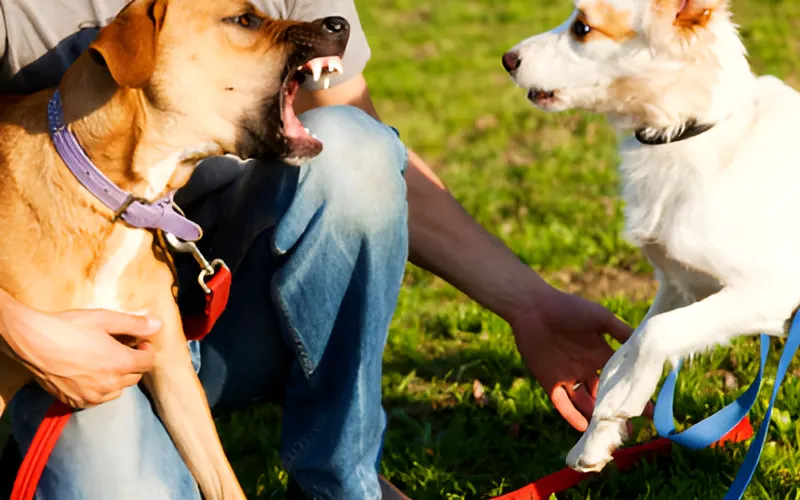

Practice Resource Sharing
Teach your dog that good things happen when they share. Approach them when they have a toy and offer them a treat, then take it. Please give them the toy back immediately after. Over time, this teaches your dog that sharing can be rewarding.
Desensitization
Gradually expose your dog to situations where they might need to guard their toys in a controlled manner. Start with low-value toys and in environments with few distractions. Reward calm behavior and gradually introduce higher-value toys and more distractions.
General Strategies:
Provide Adequate Physical and Mental Exercise
A well-exercised dog is less prone to undesired behaviors, including excessive barking. Ensure your dog gets enough physical exercise and mental stimulation through activities and training.
Consistent Training
Consistency is vital in dog training. Ensure all family members respond to barking similarly to avoid confusing your dog. Consistent rules and responses help your dog learn appropriate behaviors more quickly.
By addressing the underlying reasons for your dog’s barking and employing these strategies, you can enjoy a more peaceful home and a happier, more well-behaved pet.


